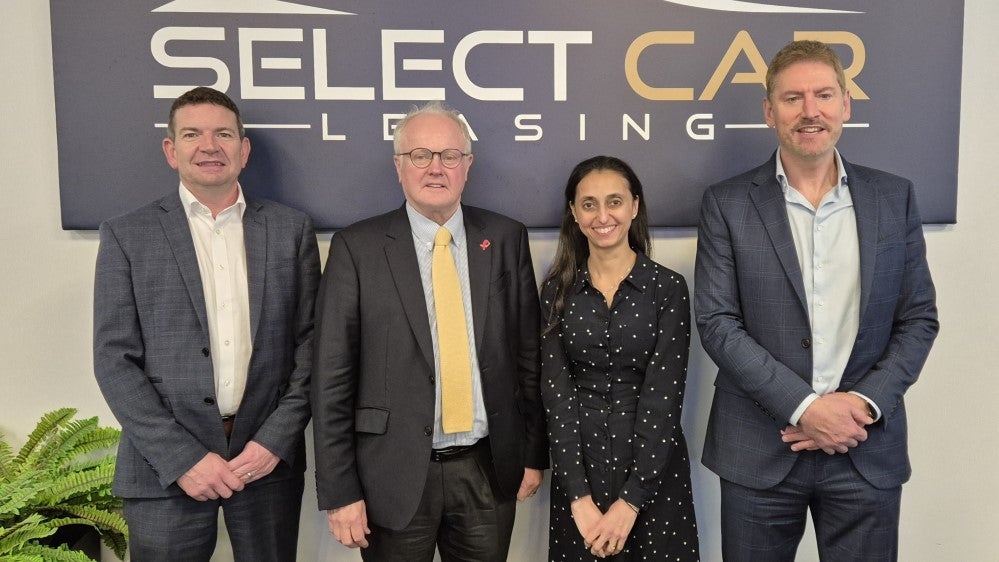Girish Gupta
Non-prime lender Advantage Motor
Finance reported record profits of £2.3m in the first six months of
2010, against £1.6m last year, topping off a decade of continuous
profit growth.
A 40% increase in the number of
loan applications in the period saw transactions processed by
Advantage rise by nearly a third.
The profits have helped drive the
success for Advantage’s parent company, consumer lender S&U,
which announced an eight% rise in profit for the period to £5.4m
before tax.
S&U chairman Anthony Coombs
said: “As the used car market continues to improve and values
stabilise, I am confident Advantage will continue its rise as a
major force in the specialist motor finance industry.”
Advantage deputy managing director
Keith Charlton said the company had no plans to make acquisitions
or engage in “wholesale growth plans”, but confirmed the business
would be “happy to capitalise on this success simply by doing more
of the same”.
How well do you really know your competitors?
Access the most comprehensive Company Profiles on the market, powered by GlobalData. Save hours of research. Gain competitive edge.

Thank you!
Your download email will arrive shortly
Not ready to buy yet? Download a free sample
We are confident about the unique quality of our Company Profiles. However, we want you to make the most beneficial decision for your business, so we offer a free sample that you can download by submitting the below form
By GlobalDataHe added: “Advantage has been able
to build upon strong foundations already in place before the start
of the latest period of economic uncertainty.”
Charlton also spoke of the “strong
and consistent” collections procedure, as well as the company’s
cautious nature.
“We were always a fairly cautious
lender, and that is probably what helped us out through the period
of time in which many other companies were having difficulties,” he
said.
Continuing, Charlton explained that
many other business models in the non-prime sector had become
“unsustainable”, through a combination of the risks being taken and
the rates being offered by competitors.
“The exit, over the last few years, of a number of competitors
has certainly eased competitive pressures in the short term,”
Charlton said. “However, the firm has always maintained a realistic
price-to-risk strategy which has helped to ensure long-term
sustainability.”







